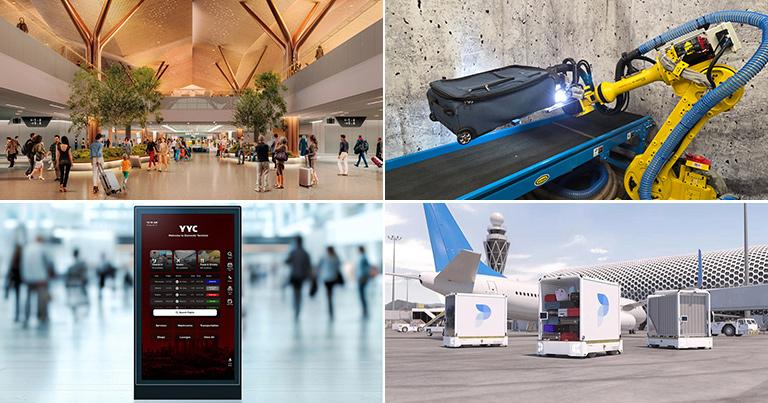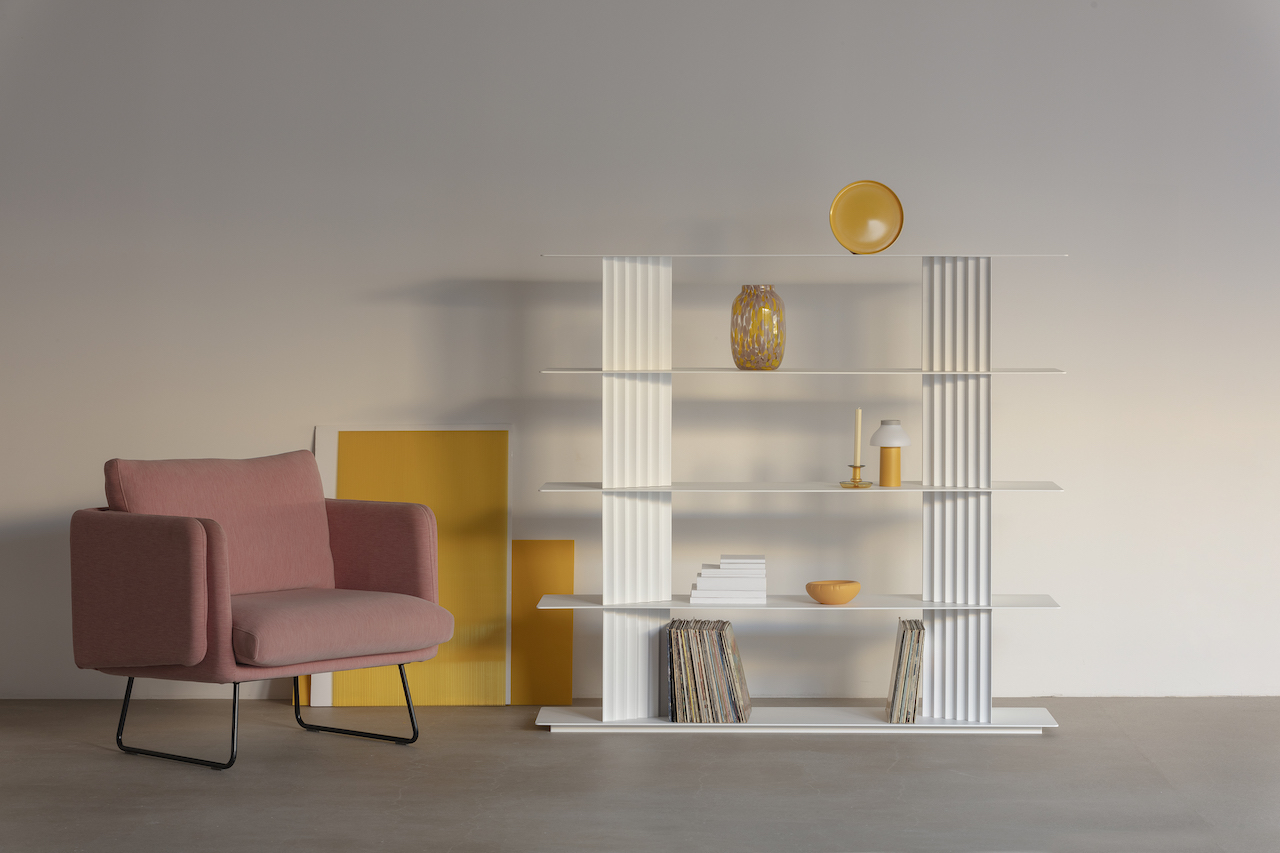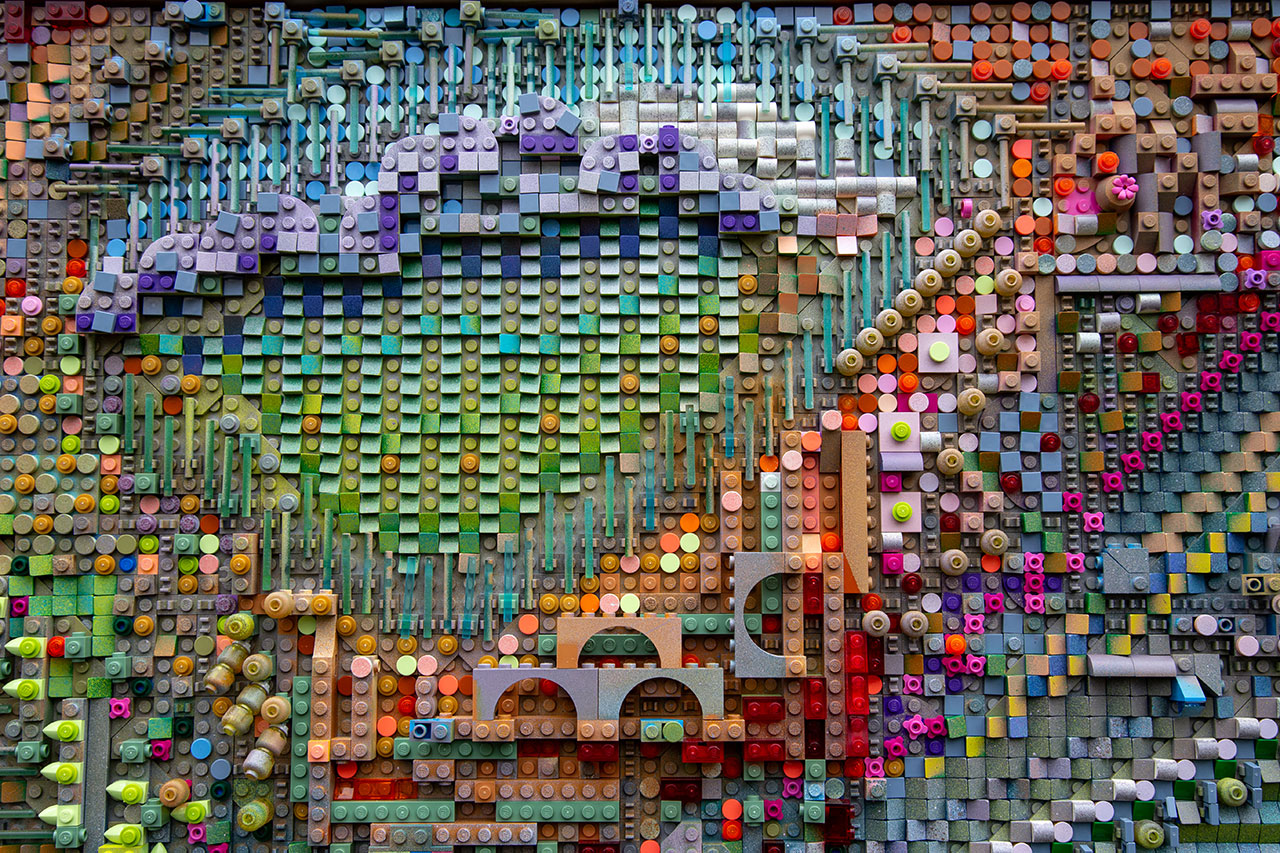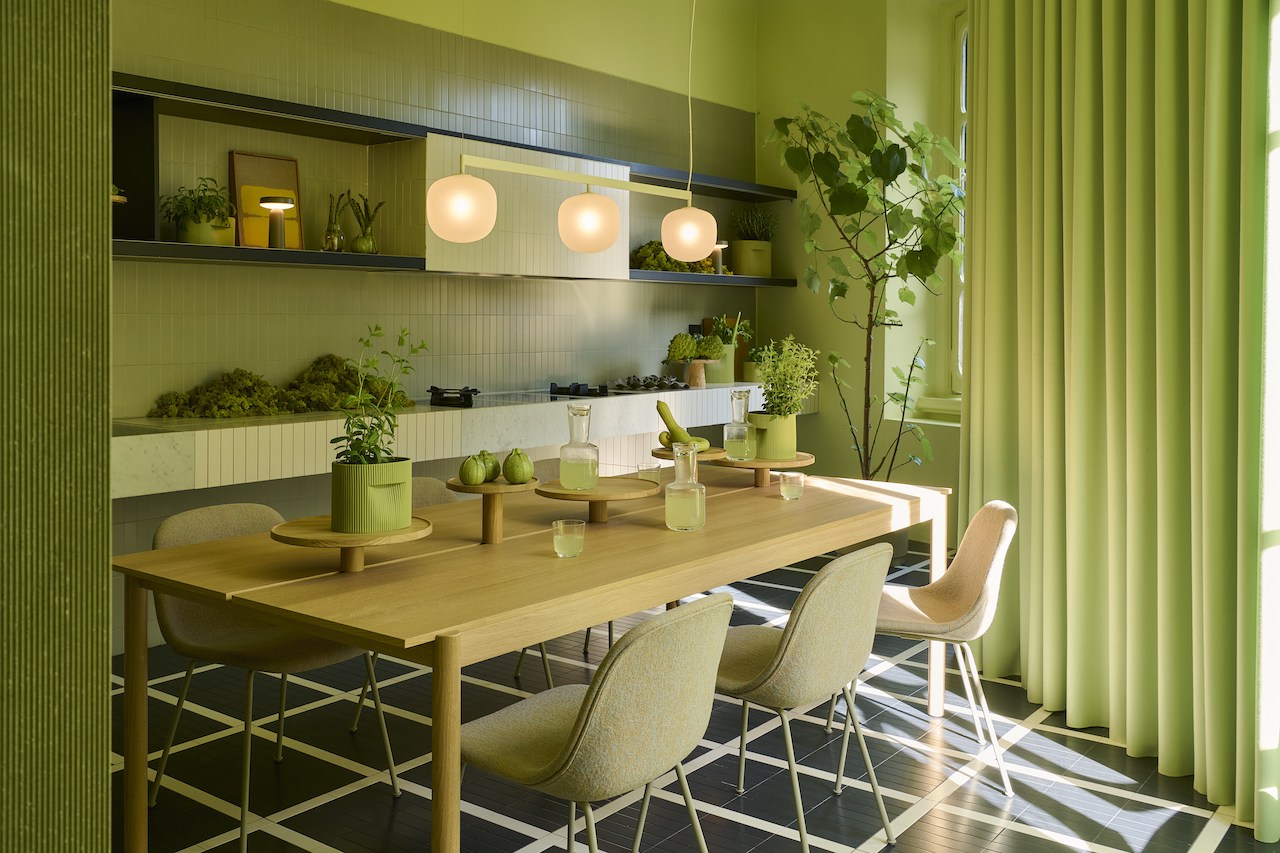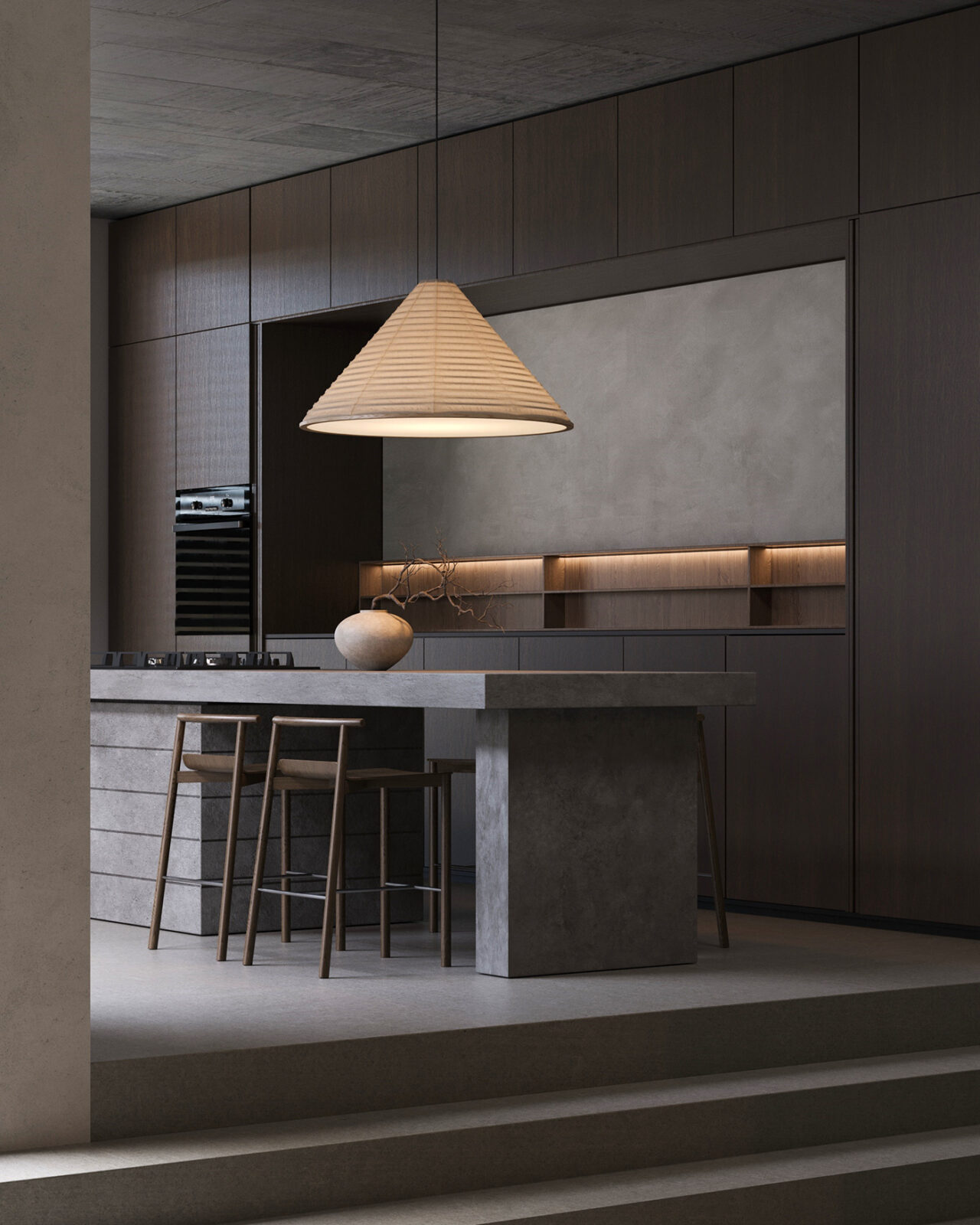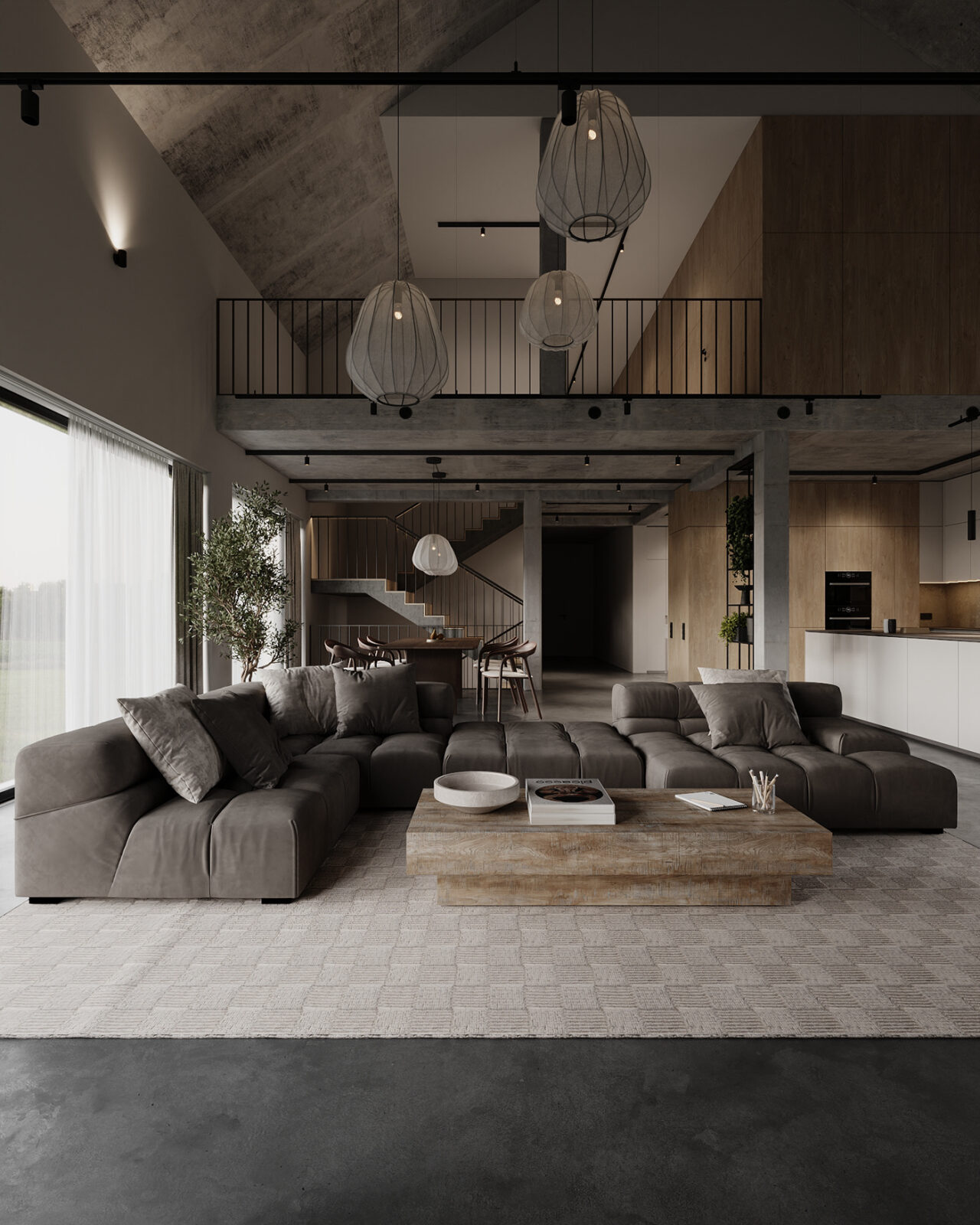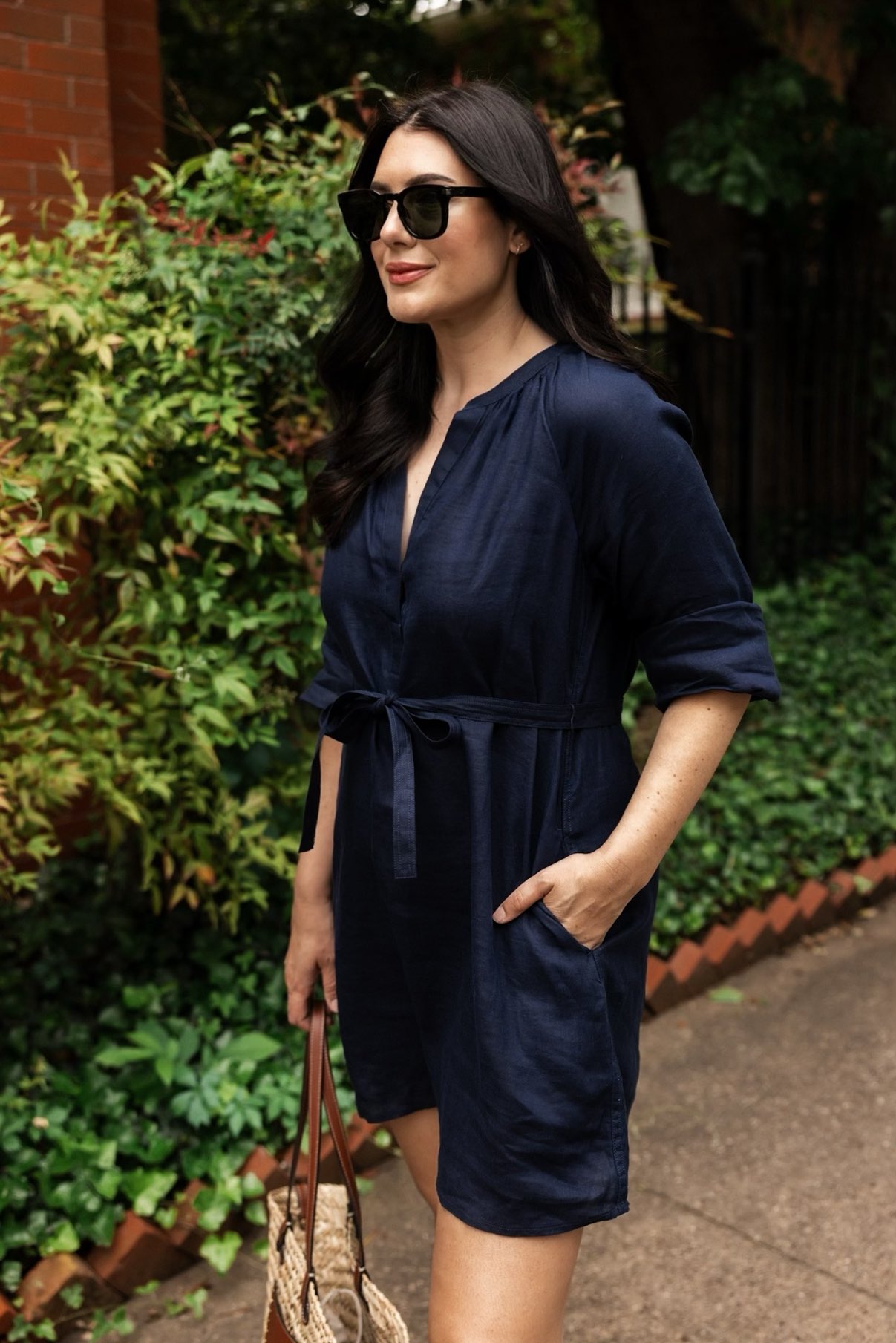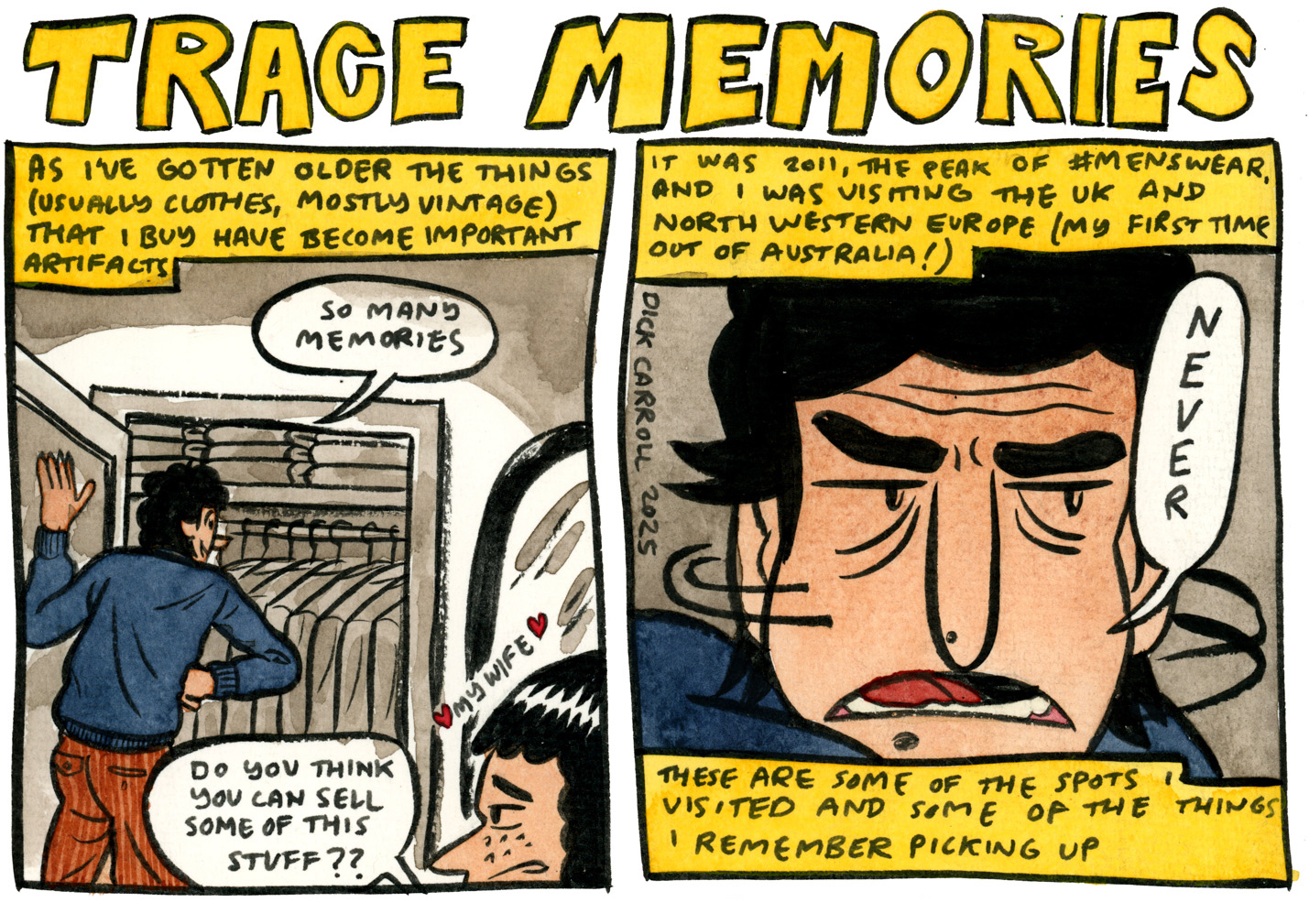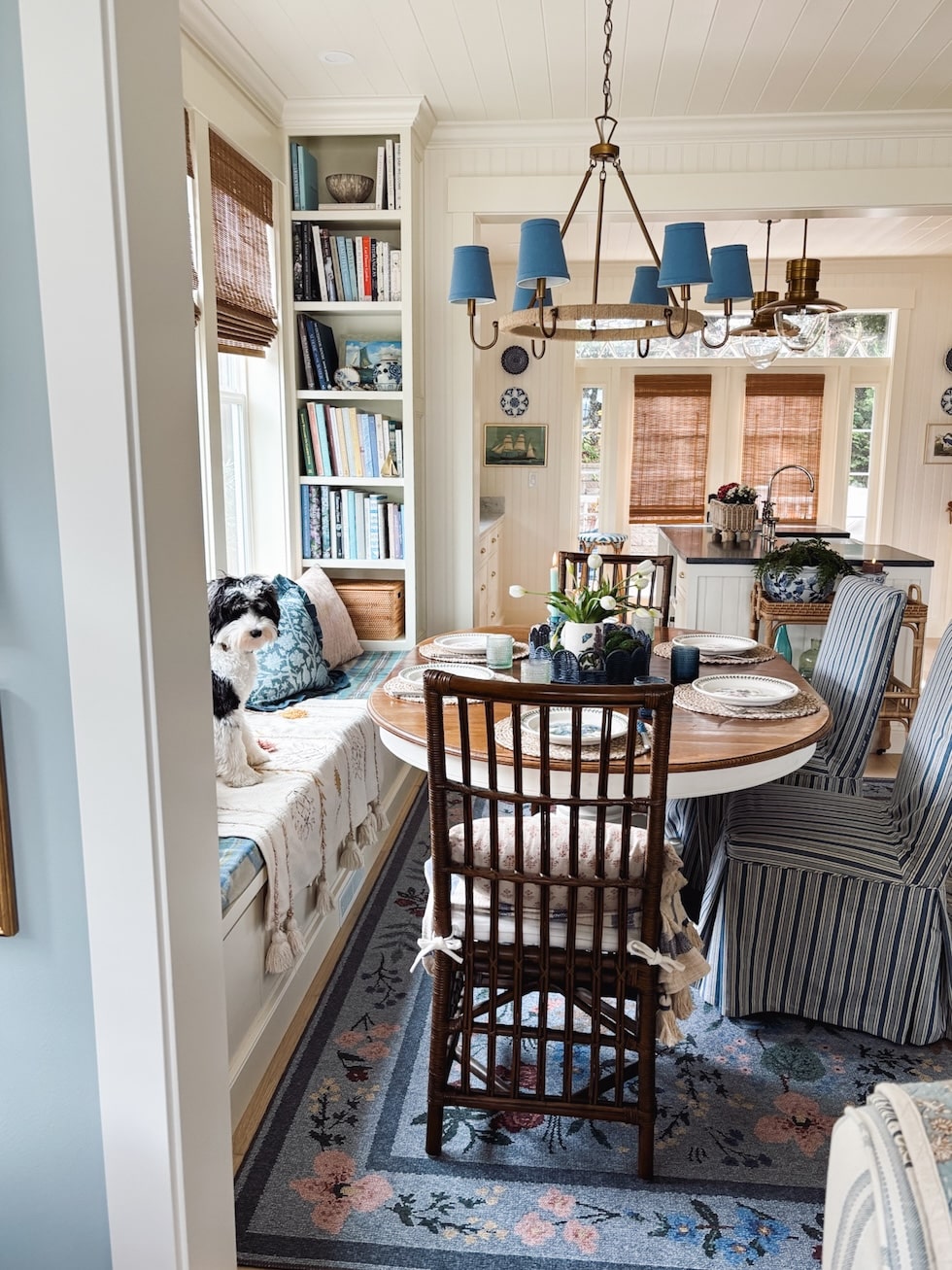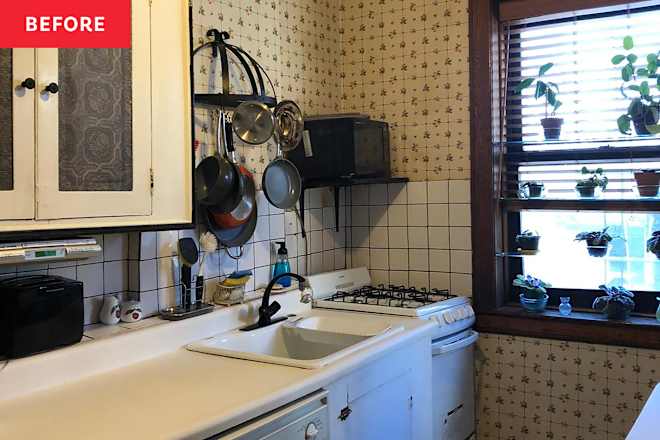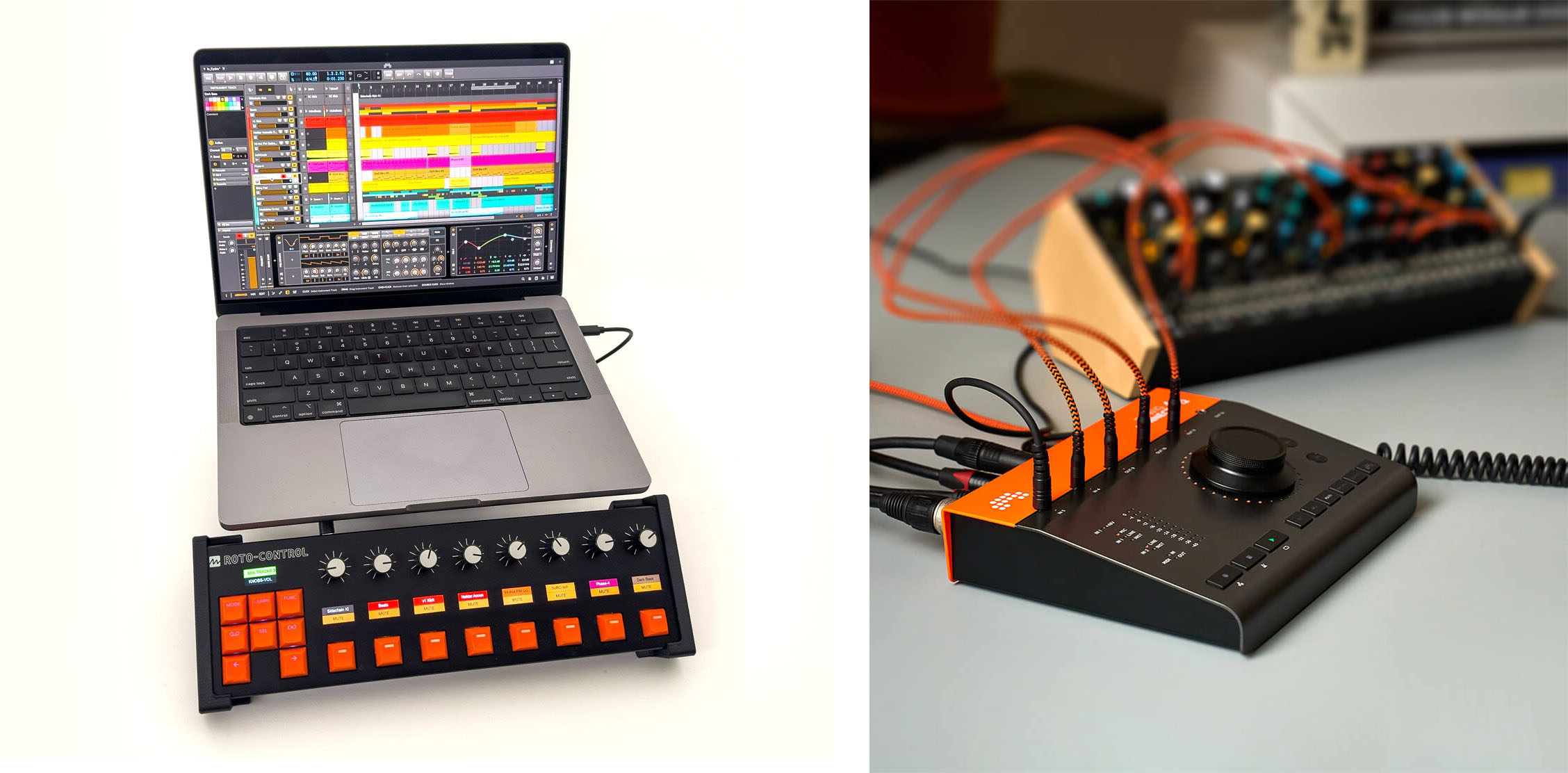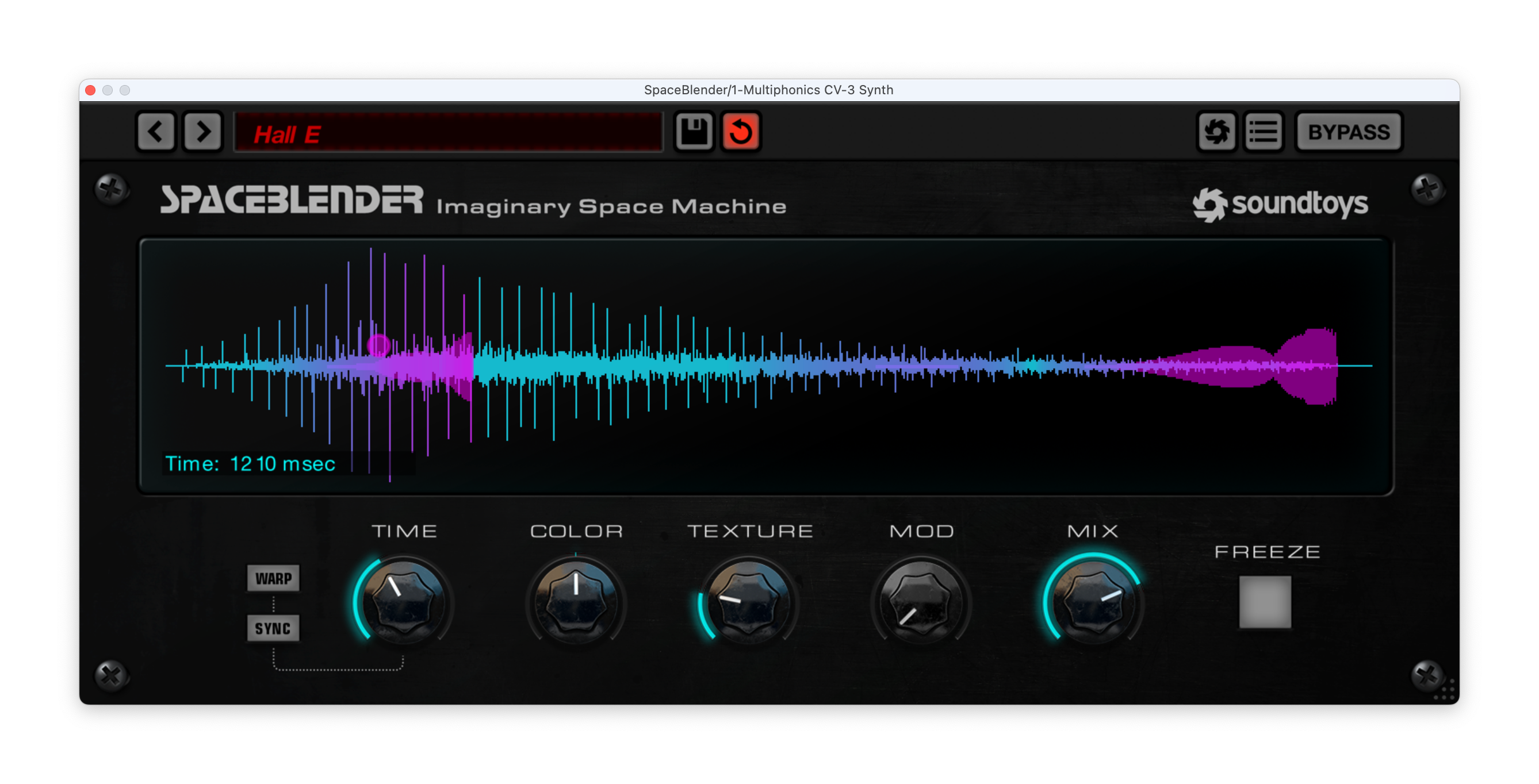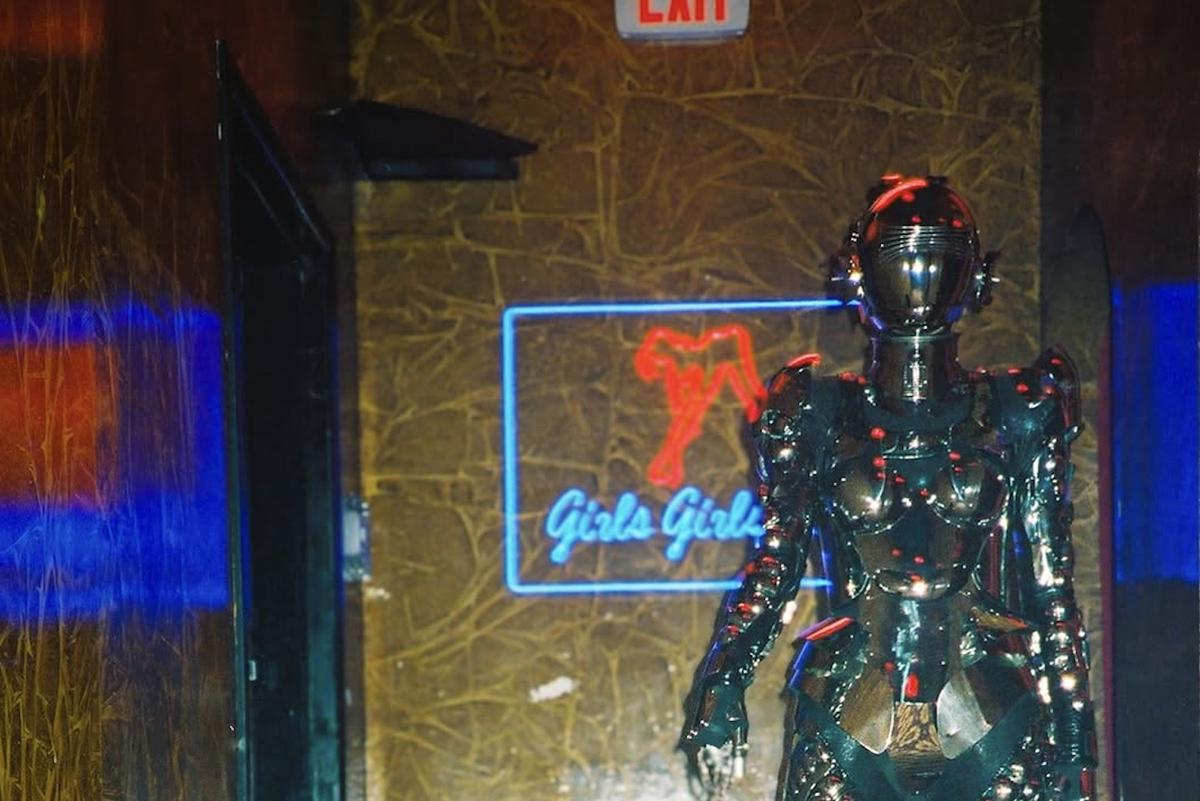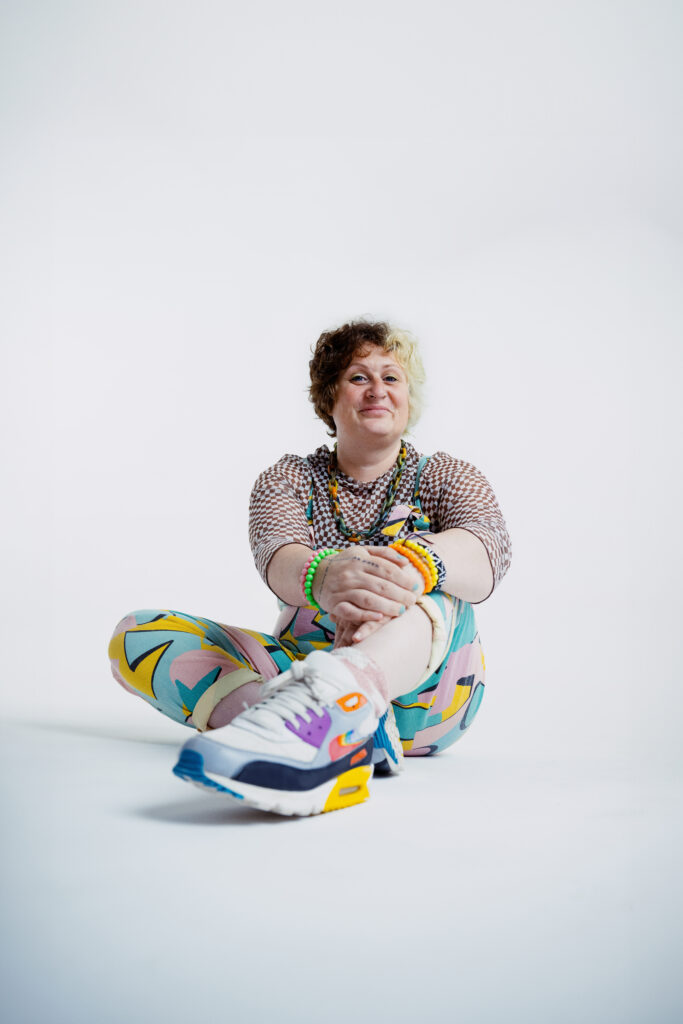Origami in Industrial Design: Unlocking the Art of Precision
Origami in Industrial Design: Unlocking the Art of PrecisionOrigami, or the art of paper folding, is an old Japanese craft that has evolved into a cutting-edge solution across various industries, including space, medicine,...


Origami, or the art of paper folding, is an old Japanese craft that has evolved into a cutting-edge solution across various industries, including space, medicine, robotics, architecture, and more. Recently, designers and engineers have been finding new ways to produce incredibly inventive, compact, and efficient products by utilizing the concepts of folding and transformation.
As a result, the art of origami holds a noteworthy position in industrial design. It has unique ability to fold large structures into compact forms with precision is particularly valuable in fields like robotic surgery or space engineering, where space efficiency and precision are essential.
What is the History of ancient Origami?
Origami, the Japanese art of paper folding, likely traces its roots to China and was introduced to Japan by Buddhist monks in the 6th century. Initially used in Shinto rituals, which honoured kami (spirits or deities) through offerings and symbolic objects, origami served as sacred decoration. As paper became more accessible during the Edo period, it evolved into a popular recreational art form. Here’s a look at the father of Modern Origami : Akira Yoshizawa (1911–2005).
Akira Yoshizawa, known as the father of modern origami as he created the standard origami diagram system and pioneered the wet-folding technique for more naturalistic designs. His 1957 book Origami Tokuhon brought him acclaim, followed by many more publications. Yoshizawa is recognised for elevating origami from a craft to a dynamic art form. He later became a cultural ambassador for Japan and, in 1983, was awarded Japan’s Order of the Rising Sun.
To understand the modern application of origami and transforming the field of industrial design, here’s a look at some examples.
1. Space Exploration
In space exploration, where every gram and inch matters, scientists have to maximize limited resources to make the uninhabitable livable. Origami-inspired designs are revolutionizing deployable structures by allowing large components, such as solar arrays, antennas, and even space habitats, to be folded into compact, lightweight forms. This approach simplifies transport and enables efficient deployment once in orbit.
By transforming materials through folding and precision without altering their volume or weight, origami provides a powerful design solution.

LUNARK is an innovative modular space habitat designed by Danish architecture studio SAGA. Engineered for extreme environments, it features a unique origami-inspired structure that expands up to 750 times its original size. Constructed from lightweight yet durable carbon fibre with insulated foam-core panels, LUNARK is built to withstand Arctic temperatures, meteor showers, and the rigours of space travel.

Its compact design enables easy transport and deployment by just two people without heavy machinery. Once expanded, it offers 17.2 sqm of interior space optimised for two occupants. The interior includes solar-powered circadian lighting, a 3D printer, integrated battery and water storage, and a sustainable algae farm. Advanced digital systems, including a weather simulator and algae reactor, support long-term habitation and well-being.
LUNARK prioritises zero-waste living and psychological comfort, making it a cutting-edge solution for future lunar missions and remote terrestrial environments.
2. Medical Devices
Origami-inspired engineering is used in medical device design by enabling the creation of flexible, adaptable, and minimally invasive tools. These innovations are particularly valuable in procedures requiring small entry points, as the devices can be inserted in a compact form and then expanded to perform their function internally. A striking example is robotic surgery, where origami techniques are applied to develop slender, agile instruments.
These allow surgeons to navigate confined spaces with greater ease and accuracy, enhancing control during delicate operations. Some of the key applications of origami in the medical field include surgical instruments, stents, and drug delivery systems for precise, targeted performance.

MIT engineers have developed an origami-inspired medical patch that wraps seamlessly around internal organs, offering a breakthrough for treating injuries in sensitive or hard-to-reach areas like airways and intestines. The patch, which resembles a foldable sheet, unfolds upon contact and transforms into a gel that firmly adheres to tissue, aiding healing. It consists of three layers: a skin-like barrier of zwitterionic polymers, a bio-adhesive hydrogel for strong bonding, and a silicone oil layer to prevent premature sticking.


Unlike traditional adhesive tapes, it resists bacteria and contamination, making it ideal for minimally invasive procedures using small cameras or robotic tools. The patch biodegrades after the wound heals, leaving no residue. According to MIT’s Professor Xuanhe Zhao, this innovation addresses the challenge of sealing internal wounds during robotic surgery.
3. Robotics
Origami-inspired designs are being used in robotics to create more versatile and effective robots. They have folding mechanisms built into their designs that make them more adaptable and able to navigate difficult environments because they can change size and shape based on the task at hand.
Folding, when applied to robotics and origami, can transform one geometric shape into another, typically shifting from two dimensions to three. This process creates new possibilities for engineers and designers to develop multifunctional robotic systems, lightweight structures, and innovative materials, blending the precision of robotics with the flexibility of origami.

Arnav Wagh’s FLXO robots combine origami and robotic actuators to mimic the dexterity of human hands, powered by hydraulic or pneumatic pumps. Designed as part of an experiment in ‘soft robotics,’ FLXO makes robotics more accessible by using simple components like actuators and pumps, allowing anyone to experiment without expensive machinery.

FLXO was created to be an affordable, effective way to explore soft robotics, with a system that enables quick assembly of robots. The actuators, paired with innovative origami sleeves, enable movements like bending, twisting, and expanding. These modular actuators can be easily combined to create a range of robots, from human hands to walking toys.
4. Architecture
In architectural design, origami principles are increasingly being explored. By applying folding techniques to materials such as fabric and metal, architects are creating structures that can be folded, unfolded, and reconfigured to suit different needs. These designs are particularly useful for temporary constructions like exhibition spaces, pop-up buildings, and emergency shelters.
A building’s design and materials play a key role in its energy efficiency. Incorporating a responsive façade that folds to promote airflow or provide shade can significantly reduce a building’s carbon footprint while enhancing occupant comfort and contributing to a healthier work environment.


Designed by Adrian James Architects, this sustainable two-storey home in Oxford is clad in green-patinated copper and topped with solar panels. The house generates more energy than it consumes, functioning as a “habitable power station. Its origami-inspired design features a cantilevered roof that provides shade in summer and allows winter sun to enter. The copper shell’s creased bulges house windows, while two sculptural “ears” serve as ventilation, drawing in cool air and expelling heat.

Inside, the home centres around a double-height gallery, with an open-plan kitchen and living area on the ground floor, and a mezzanine office. The upper floor includes four bedrooms, one with an en suite. The interior features white walls, textured brick, porcelain tiles, and stained oak, with large windows framing panoramic views of the Oxford countryside. The design optimises solar energy while maintaining a dynamic, sustainable architectural presence.
5. Consumer Products
Additionally, the concepts of origami are finding their way into common consumer goods. Origami-inspired structures enable products that are both practical and space-efficient, such as foldable furniture, lighting designs, and packaging designs.
For example, foldable furniture that expands and contracts based on need offers convenience for smaller living spaces, while packaging designs that fold into compact forms can reduce waste and improve sustainability in shipping and storage.
Manufacturers can produce more versatile, user-friendly, and ecologically friendly products by incorporating origami into these items.


Lighting designs today are highly innovative, blending functionality with striking aesthetics. A standout example is the Sora Light by Fung + Bedford for Frandsen. Inspired by origami, this pendant light features a floating, horizontal form suspended between two cords, flanked by wing-like extensions. An LED strip inside radiates a soft, warm glow across the lamp’s Tyvek structure, a waterproof, tear-resistant, and 100% recyclable material.


This sculptural statement light piece creates a serene, radiant aura that transcends traditional lighting design. Its ethereal, almost weightless appearance adds elegance and charm, making it ideal for both residential and commercial spaces.
The potential uses of origami in industrial design are virtually endless as technology advances. From creating more environmentally friendly products to enhancing the functionality of everyday items, the groundbreaking applications of origami continue to open up a world of possibilities.
The post Origami in Industrial Design: Unlocking the Art of Precision first appeared on Yanko Design.






![‘Omukade’ Trailer – Thai Monster Movie Unleashes an Insane Giant Centipede Nightmare! [Exclusive]](https://i0.wp.com/bloody-disgusting.com/wp-content/uploads/2025/05/image-30.jpg?fit=1713%2C931&ssl=1)



















































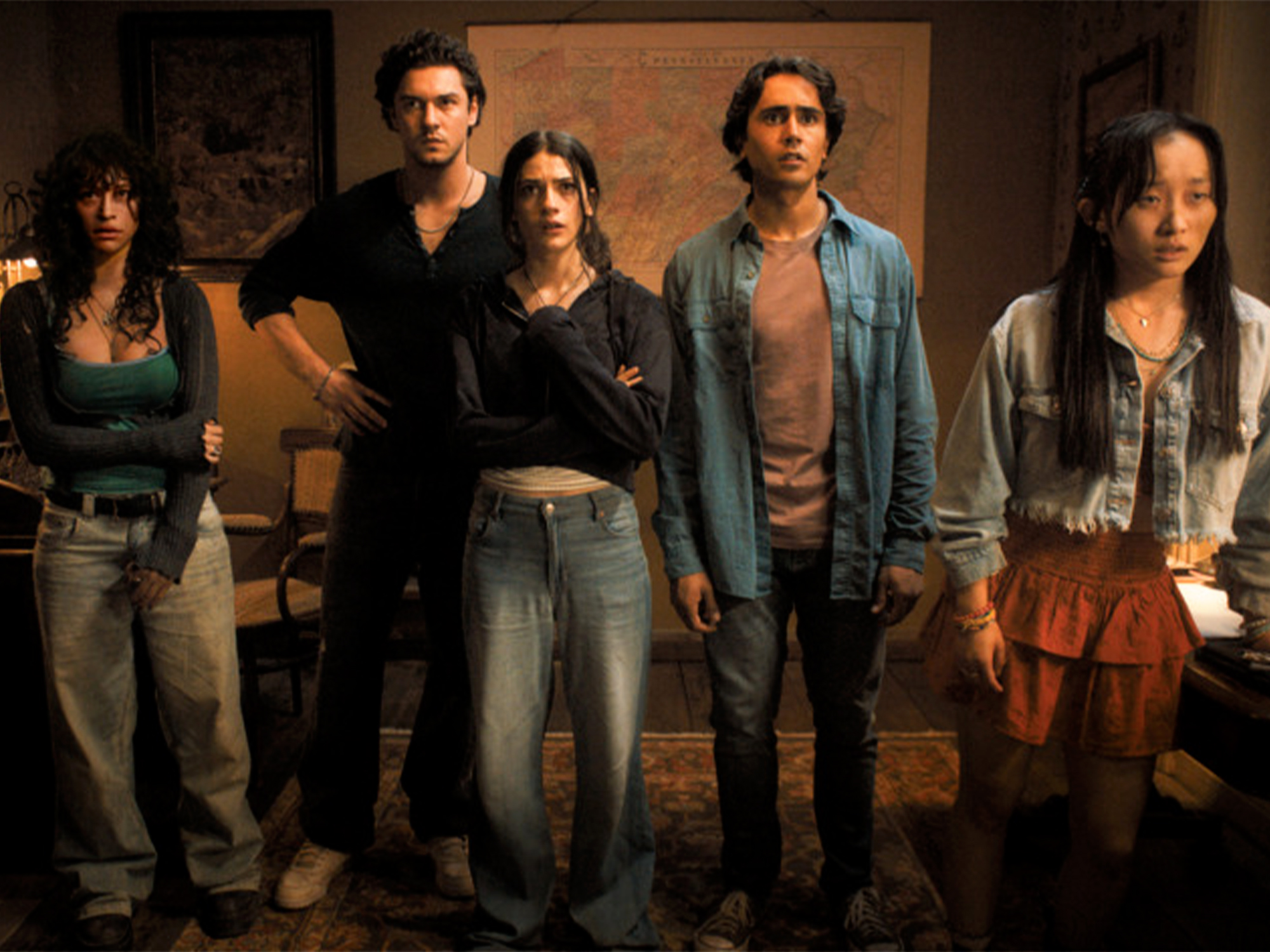


































































![100K strategy and powering up with the right cards [Week in Review]](https://frequentmiler.com/wp-content/uploads/2025/05/powering-up-credit-cards-1.jpg?#)







